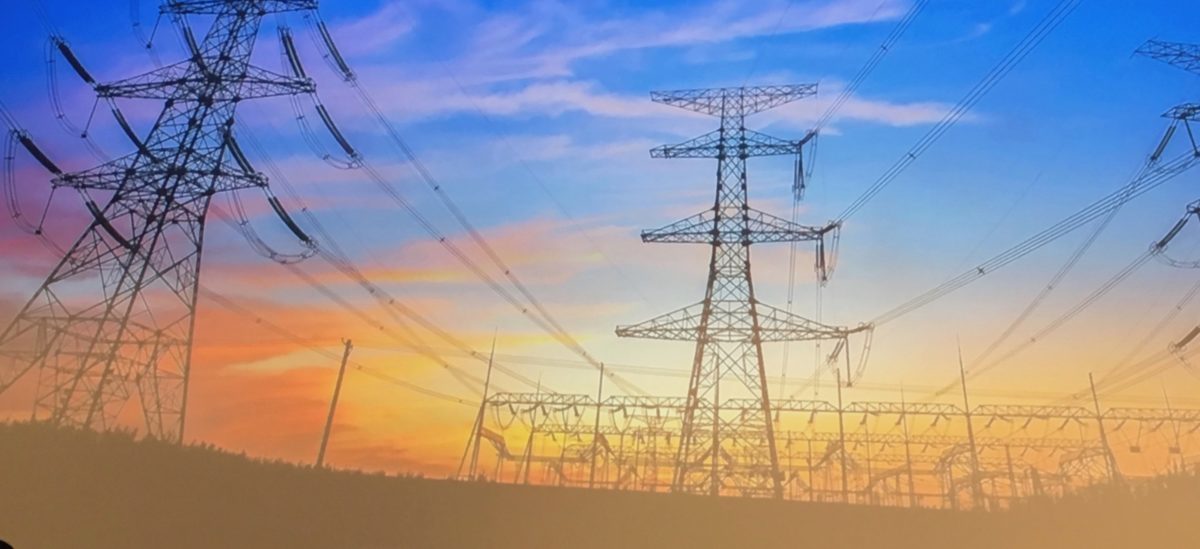That the Covid-19 pandemic is affecting electricity consumption patterns across the United States is, at this point, pretty much a given. But the facts, figures and demand curves now emerging from various sources reflect a shifting mix of pain points and unexpected bright spots.
First reported in Axios, figures from energy analytics firm Innowatts show that the self-storage industry is benefitting from the pandemic — scoring a 23 percent increase in power use over the month of March. Demand for storage space is up — according to industry website Inside Self-Storage — due to college students needing to stash belongings as campuses close, people clearing out space for home offices, and others facing lost jobs and other economic uncertainty.
| Business Segments | Avg Change in Consumption |
| Car Dealerships | -67% |
| Dry Cleaning | -65% |
| Restaurants (except Pizza) | -51% |
| B2C Retail (non-essential) | -49% |
| Religious Organizations | -44% |
| Gym, Fitness Centers | -43% |
| Schools | -40% |
| Commercial Office | -25% |
| Industrial | -22% |
| Hotels | -10% |
| City/Local Government | -5% |
| Grocery | 0% |
| Hospitals | 16% |
| Liquor Stores | 19% |
| Pizza | 20% |
| Storage Units | 23% |
Source: Innowatts
At the other end of the spectrum, electricity consumption at car dealerships nosedived by 67%, as car sales slumped anywhere from 40% to 70% in markets across the country. The message here: free-falling oil prices will not boost car sales when folks are not driving as much and many have lost jobs.
More curious are the figures showing hospital electricity use up a relatively modest 16%, while pizza restaurants are up 20%. Even taking into account hospitals’ higher energy use overall, do ventilators and other life-saving equipment require less power than the nation’s comfort food of choice?
Assessing the full impact
The caveat here is that the Innowatts figures draw on data from four grid operators — PJM (mid-Atlantic), MISO (Midwest), ERCOT (Texas) and CAISO (California) — for the month of March, when the full impact of the pandemic had yet to emerge.
In hardest-hit New York, weekly updates from grid operator NYISO suggest that the longer the state’s lockdown continues, the further power demand could fall. On March 25, NYISO reported peak demand across the state trending down 2%, while daily usage was down 2% to 3%. Figures released on April 22 show New York City hourly demand dropping 5% to 21%, and peak demand down 7% to 8%.
In New York, and elsewhere, the biggest drops in demand are showing up in the early morning peaks, which raises interesting questions about telecommuting as a potential strategy for cutting power use and carbon emissions. In California, CAISO is reporting morning peak reductions of 7% versus 6.5% for the evening peak and 4.5% overall for weekdays.
A more significant question is whether, as electricity demand drops, renewable energy will make up proportionately more of the country’s power, demonstrating its real-time reliability and affordability. Over the past day, as this article was being written, wind and solar in California accounted for 16% to 69% of the state’s power.
This content is protected by copyright and may not be reused. If you want to cooperate with us and would like to reuse some of our content, please contact: editors@pv-magazine.com.








Since RE is likely to stay steady and nuke steady with demand dropping, it’s bound to come out of FFs as the fungible choice, first coal then NG usually.